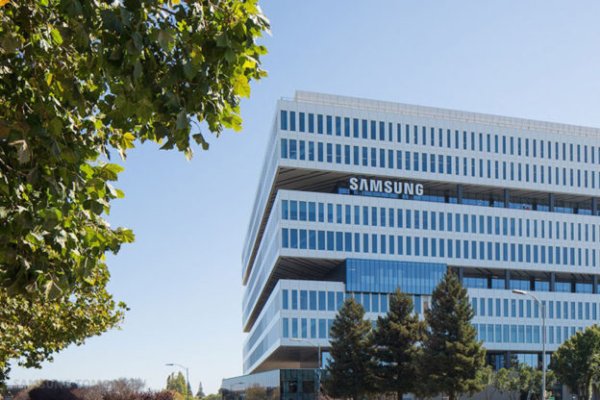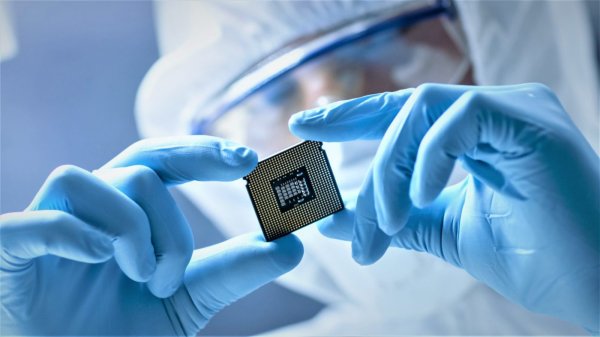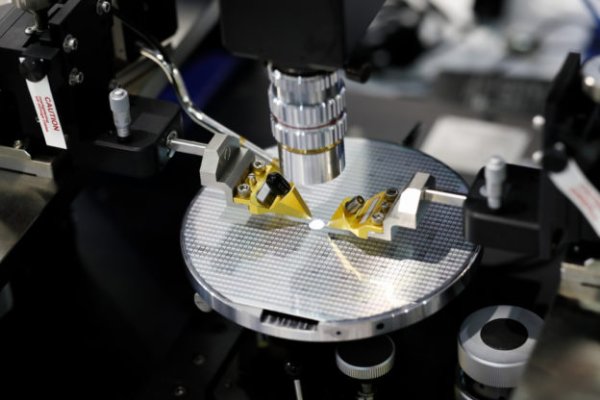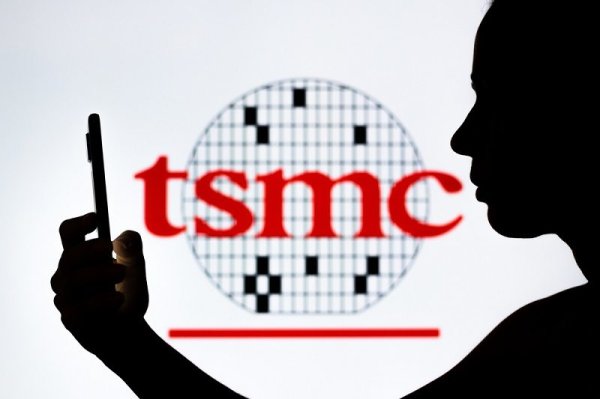Season 2 Generative AI Smart Phone SoC is shipped globally, Apple ranks first, Qualcomm, and Joint Development Technology are chasing
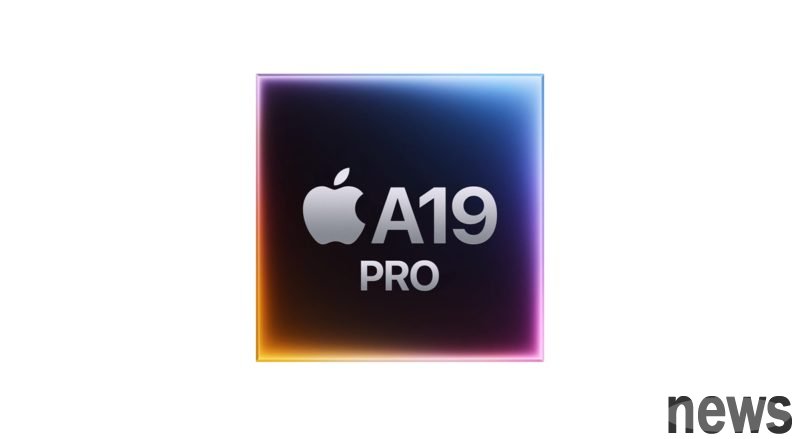
Market Survey Institution Counterpoint's "Global Smart Phone SoC Shipping and Forecast Tracking Report for the Second Quarter of 2025" pointed out that in 2025, the shipment of smart phone SoCs with AI capabilities will account for 35% of the global total, with an annual growth of 74%. Growth energy mainly comes from AI functions that quickly penetrate various price positions. Apple ranks first with a stable market share of 46%, Qualcomm ranked second with 35%, and 12% ranked third with Joint Development Technology.
To be the first priority, Apple and OpenAI cooperate to deeply integrate ChatGPT into iOS, iPadOS and macOS, so that users can directly experience functions. Apple is also continuing to develop its own generative models, including a 3 billion parameter device-side language model, and a larger server-side model accessible through Private Cloud Compute via Apple Silicon servers.
Android, Qualcomm launched AI Orchestrator to help OEMs focus on application and service development without the need to deal with complex LLM, hardware and software integration. Joint Development Technology optimizes the AI performance of CPU, GPU and NPU through NeuroPilot tool set. The two companies simultaneously actively cooperated with Chinese smart phone brands to ensure that SoCs efficiently execute AI models.
In 2025, the shipment of high-level smartphone SoCs with AI functions increased by 53% year-on-year, and 88% supported device-side AI. The Apple A19 and A19 Pro, Qualcomm's Snapdragon 8 Elite Gen 5, and the Dimensity 9500 are accelerating the market for AI high-level smartphones. Counterpoint research analyst Shivani Parashar commented that since the rapid rise of smartphone AI in 2024, the competition for high-efficiency AI computing units has become increasingly fierce. It is expected that by 2025, the highest AI performance of high-level mobile platforms will exceed 100 TOPS, nearly four times higher than in 2021.
As GenAI continues to increase its penetration rate in high-level smart phones, the average sales price of SoC will continue to increase, mainly benefiting from the brand's introduction of more advanced processes and increasing the content of semiconductors such as CPU, GPU and NPU to enhance the support capabilities of GenAI on the device side. Apple continues to lead the high-level GenAI SoC market through A-series chips, combining Neural Engine with deep soft hardware to demonstrate highly optimized performance. On the other hand, Qualcomm has started to be a stable and high-level Android market position since Snapdragon 8Gen 3, and has improved its multi-mode AI capabilities through the Hexagon AI engine. The joint technology industry has been actively laid out since the Dimensity 9300 series, emphasizing core architecture design, energy efficiency optimization and advanced LLM applications.
300~499 USD, the shipment of smartphone SoCs with AI-powered will triple the year in 2025, with a market share of 38%. Qualcomm will lead with a market share of 57%, followed by Joint Development Technology. It is worth noting that CTIC was the first to introduce GenAISoC through the Tianqi 8000 series at this price, while Qualcomm entered later to launch the Snapdragon 700 series, and began to use the Snapdragon 6 series to target the entry market between US$100 and US$299.
Counterpoint's experienced analyst Parv Sharma said that the growth of AI SoC's mid-level price points mainly comes from rapid penetration, and smart phone brands hope to bring better experience to users through AI. SoC manufacturers continue to optimize LLM to enable them to be run smoothly in mid-level devices. In the future, new products at low prices will gradually introduce AI functions, and the penetration rate will increase again.

